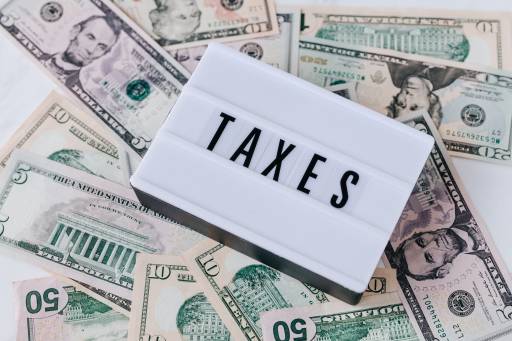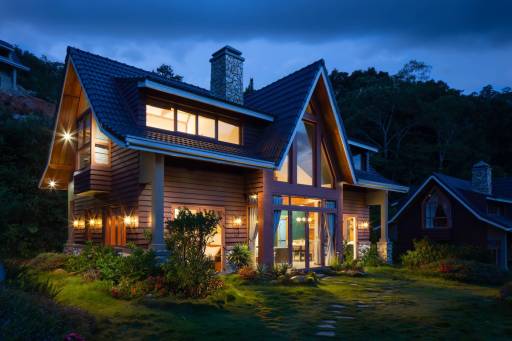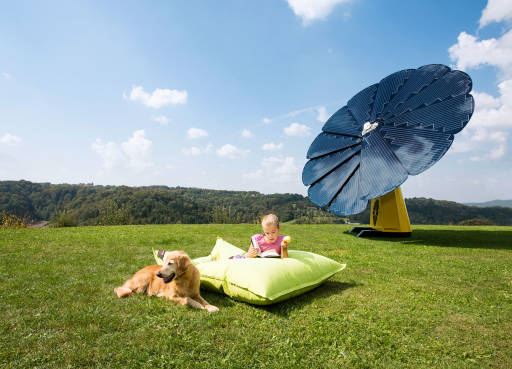I Couldn't Get Rooftop Solar. Is Community Solar the Answer?
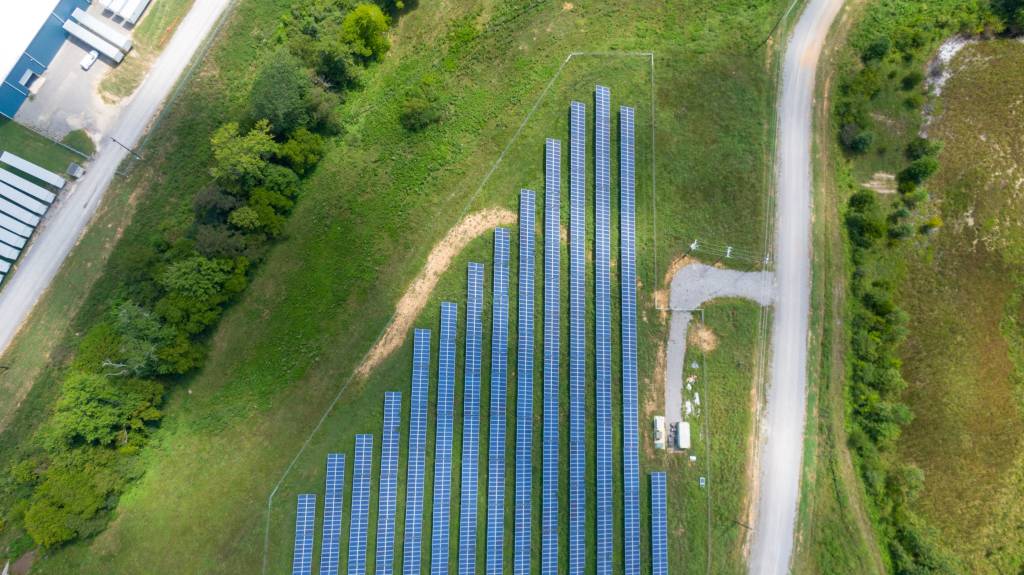
Last year I had a local solar company come out to give me a quote. The contractor came out, muttered under his breath while taking some measurements, and pretty quickly I got an answer. "Nope. Sorry. Your roof is too small and you've got too many trees."
Cue tragic music.
Huge mature trees were a big draw of my house and I can't make my roof any bigger... so rooftop solar wasn't for me. But because of working for Wildgrid, I knew there were alternatives like community solar!
While community solar options are pretty limited here in Indiana, many folks live in areas supported by this awesome collective energy concept. As of 2022 there were 41 states, plus D.C., with at least one community solar project available to subscribe to!
Maybe rooftop solar isn't in the budget or you don't even own the roof over your head... community solar to the rescue! 🏆
So here’s community solar, explained:
What is community solar?
The fancy definition from the US Department of Energy says community solar is:
In plain English? Community solar is the service of subscribing to an off-site solar farm* in your area.
All the fun of solar power without the drawbacks of being liable for your own solar panels!
*Solar farm is just a fancy way of saying large scale solar installation. There are no chickens, sorry. 🐔 But... there might be sheep?!
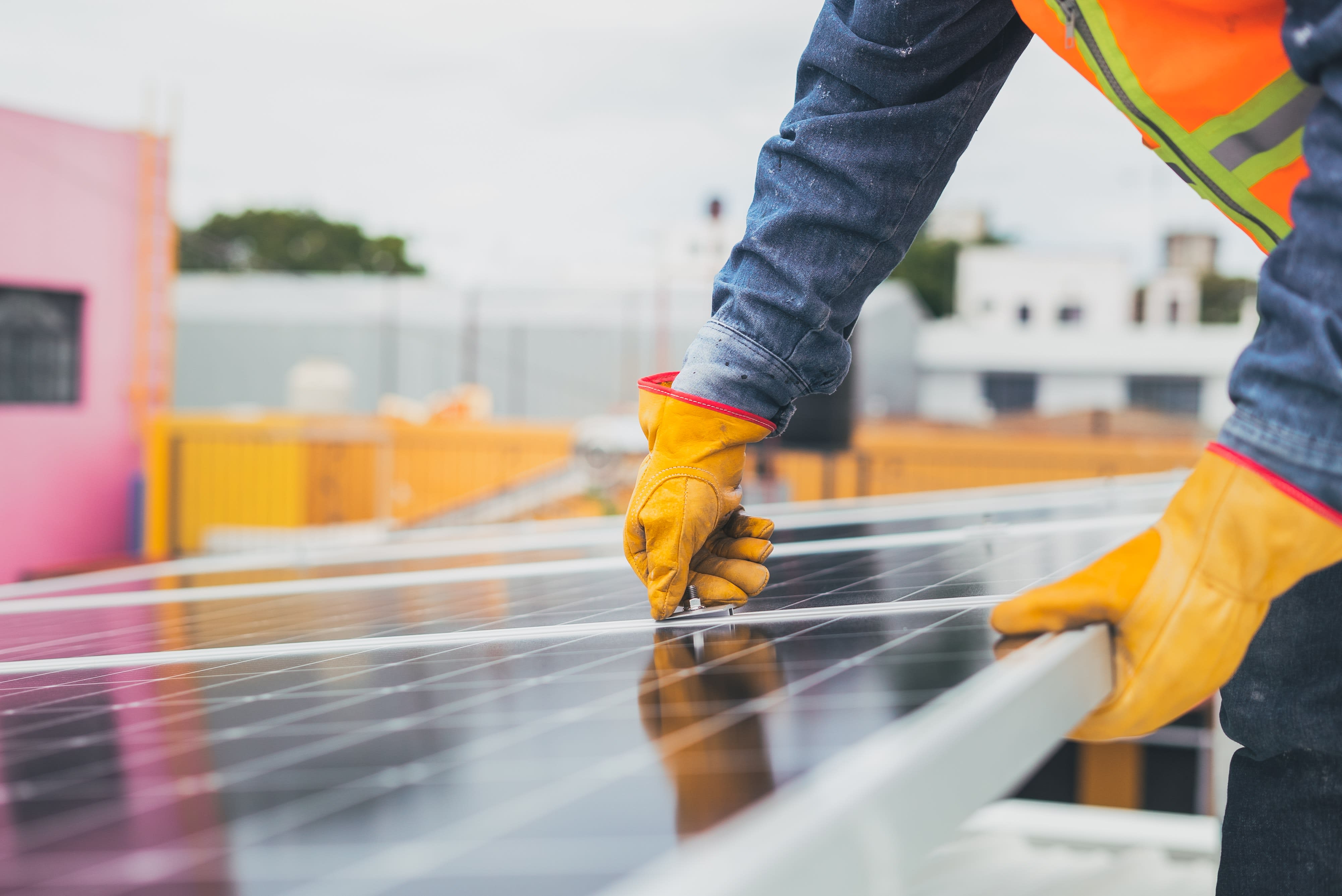
How does community solar work?
The first huge benefit to community solar is that anyone can sign up. Like we mentioned, individual solar panels aren’t for everyone for a variety of reasons.
Community solar means that companies with enough space and sun for lots of panels can generate solar for you to buy. Basically, any excess energy they have can be credited toward your energy use.
This sort of system works not just for residential, but businesses and office buildings too! Pretty cool.
There are two general models for community solar:
- Community solar through subscription. This is the far more common option and simply means you buy solar energy to meet your needs for as long as you’re subscribed to the program.
- Community solar through ownership. This model is less popular. It’s basically like buying your own solar panels — they just don’t live where you live! In this model, you buy a certain number of solar panels on the community grid that will cover your energy needs.
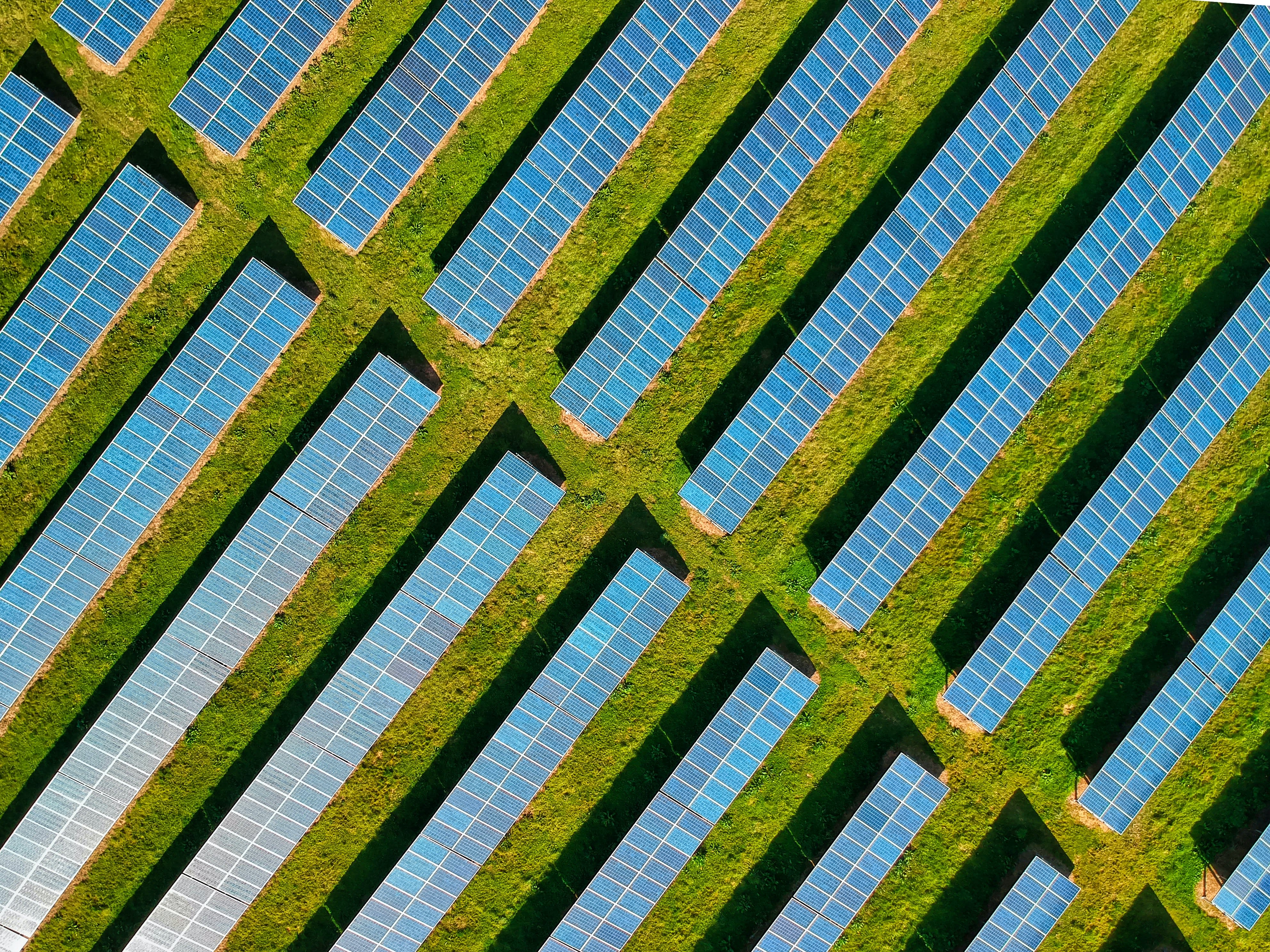
Pros and cons of community solar
While we love all solar options, each has their positives and negatives. Community solar is no different.
Pros of community solar
☀️ You don’t need to own the solar panels. Installing your own solar panels can be really expensive and you could be paying for a long time. With community solar, there’s no required install or maintenance on your end.
⚡️ It supports local clean energy. While you may not be directly consuming clean energy (see cons), you are generating more LOCAL clean energy by supporting a community solar farm in your area. That's amazing. Here’s one incredible case study from Puerto Rico on how local community solar can change a community!
Cons of community solar:
⛔ The clean energy does not technically come to your home. Because you don’t hook up to solar, you don’t exactly get clean energy. Example: Let's say you live in Brooklyn, NY and you sign up for a community solar project operating 10 miles away. The electricity does not get routed from the farm to your specific home. It just enters the grid and offsets your usage.
📍Access to community solar is dependent on your local area. Sadly community solar projects are not everywhere yet, it really depends on your area. You might have to wait a while before a project begins or has space for you in your area. In the meantime, you might want to check out some other unconventional solar options that might work for you.
Note on the last con: community solar is actually getting more popular every year! As of 2022 there were 41 states, plus D.C., with at least one community solar project available to subscribe to! (source)
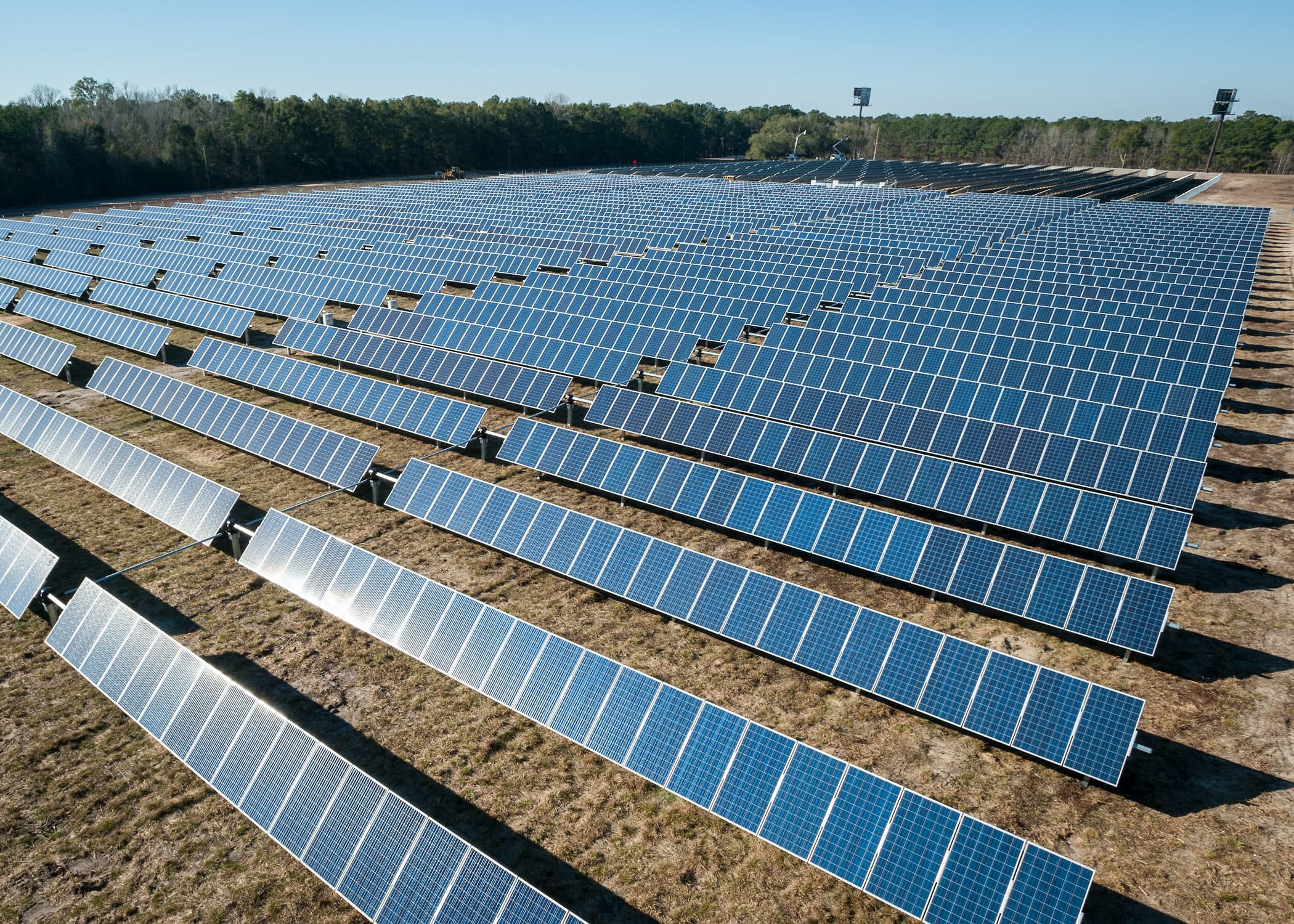
Does community solar save money?
Like anything, it depends. But Wildgrid is happy to share that community solar generally saves you money! 💰💰💰
One of the best parts of how community solar works is that you pay no (or very minimal) upfront costs when you sign up.
You do not own the solar panels and they do not get installed on your property. So they’re not yours, but you also don’t ever have to worry about upkeep or installation fees.
After you’re signed up to community solar, you get some of the financial benefits even though the panels aren’t yours! Most community solar projects estimate that their customers can expect to see a 10-15% discount on their monthly electric bill.
Feel excited about the potential of community solar? Awesome! Sign up to learn more about all the ways you can save money and the planet. Also, be sure to keep learning more with us through our weekly newsletter👇

